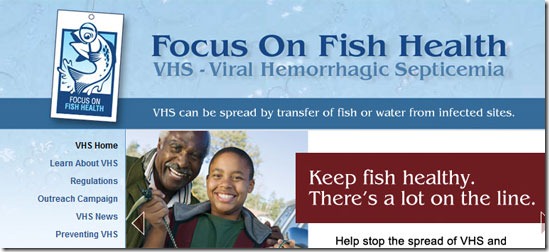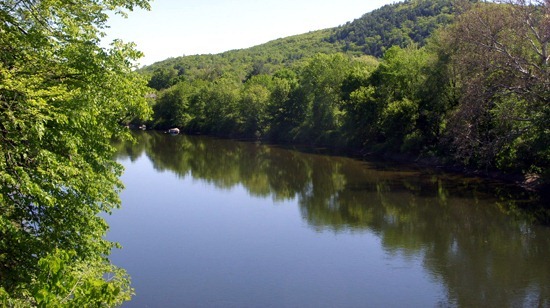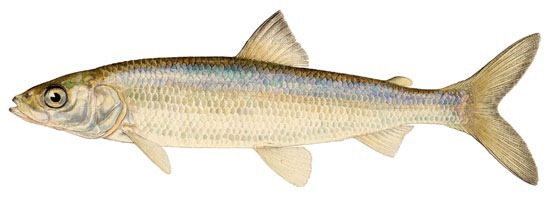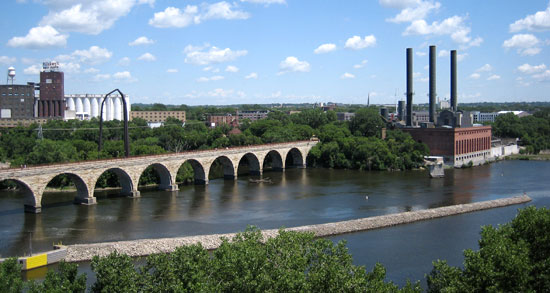FocusOnFishHealth.org helps stem the spread of VHS
0
This guest article is submitted by Charlotte Roy, a public relations director representing focusonfishhealth.org. Media representatives may contact her at croy@diversitymc.com, (404) 531-6777, or (404) 313-2860.
Public service announcements, palm cards, and Power Point presentations are all part of an informational package available at www.FocusOnFishHealth.org to help fight the spread of Viral Hemorrhagic Septicemia, other fish diseases, and invasive species.
The materials, developed by the U.S. Department of Agriculture’s Animal and Plant Inspection Service, are targeted at recreational fishing and boating enthusiasts in the Great Lakes region. VHS now has been detected in all five of the Great Lakes.
The 15 and 30 second public service announcements feature conversations between a father and son as they head out to fish in their favorite waterway. They note the importance of not transferring water, bait, aquatic plants, or creatures from an infected body of water to another.
A colorful and educational Power Point presentation provides background information on VHS and simple steps to protect and preserve waterways. It is an excellent discussion starter at meetings and seminars.
Quantities of free 5” by 8” palm cards with compelling graphics and a list of the preventive actions needed are available upon request for distribution at fishing and boating events.
Visit www.FocusOnFishHealth.org to download the PSAs, Power Point presentation and/or to request palm cards.
Lake Scientist accepts guest article submissions with material related to lakes and other freshwater resources. To have your article considered for publication, contact us at info@lakescientist.com.













